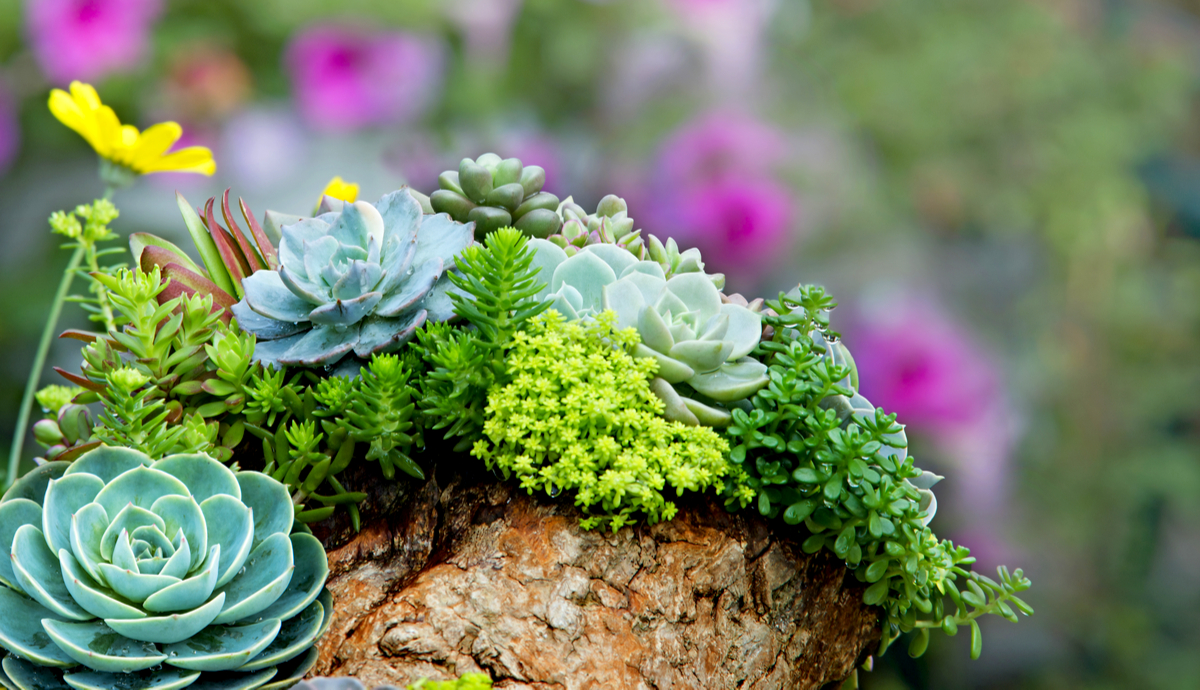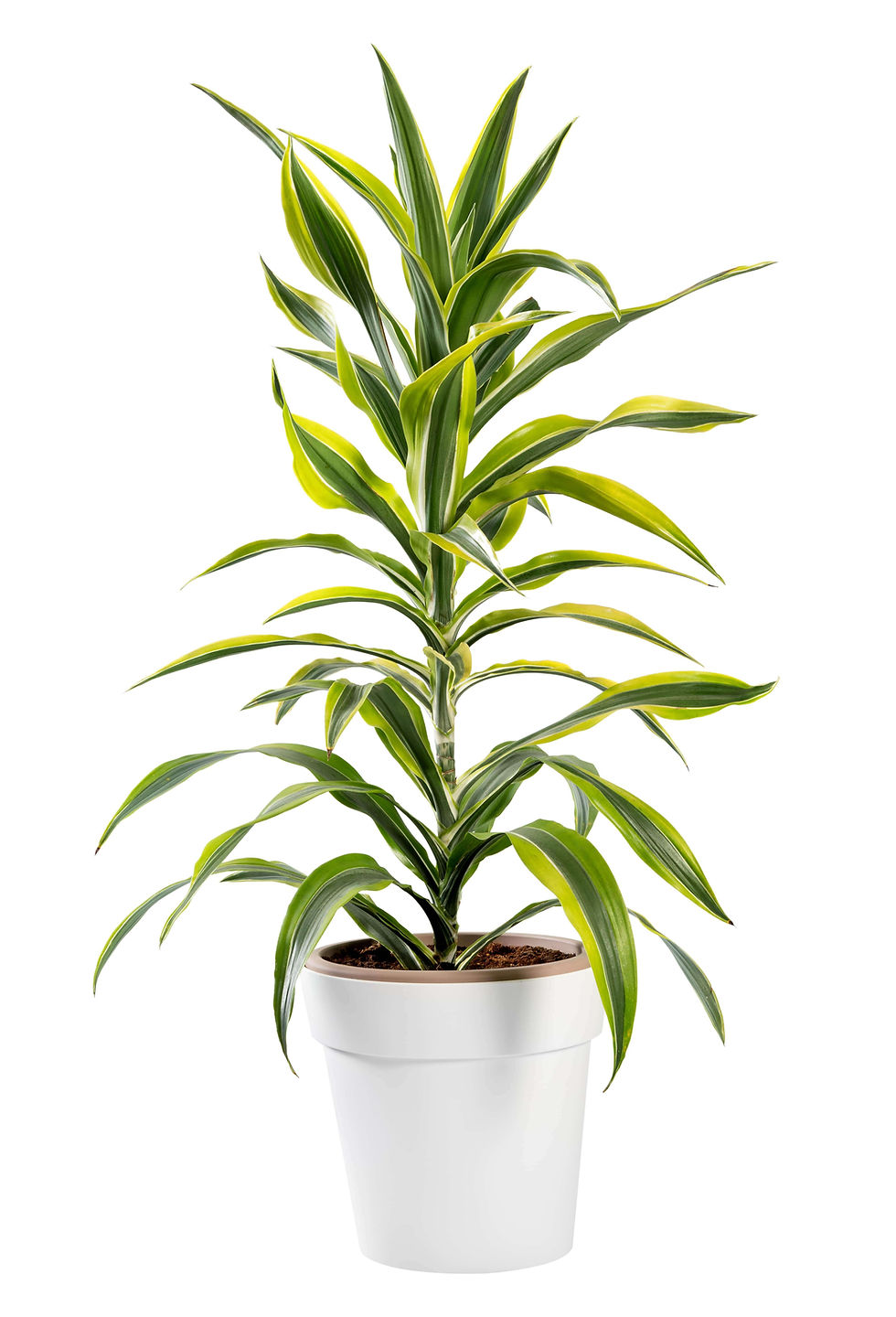As an Amazon Associate, I earn from qualifying purchases.
Indoor plants thrive in controlled environments with stable temperatures and indirect light. Outdoor plants endure varying weather and direct sunlight.
Indoor and outdoor plants serve different roles in our lives and environments. Indoor plants enhance interior decor and improve air quality. They adapt to low light and stable temperatures, making them ideal for homes and offices. Popular indoor plants include peace lilies, spider plants, and succulents.
Outdoor plants, on the other hand, grow in gardens, yards, or balconies. They withstand direct sunlight, rain, and wind, contributing to the ecosystem. Common outdoor plants include roses, sunflowers, and shrubs. Understanding the differences between indoor and outdoor plants helps in selecting the right types for your space and needs, ensuring healthy and thriving greenery.

Credit: www.slideshare.net
Types Of Indoor Plants
Indoor plants bring nature inside your home. They add beauty and freshness. There are many types of indoor plants. Each type offers unique benefits and care needs. Let’s explore some popular varieties and their benefits.
Popular Varieties
There are many popular indoor plants. Below are some examples:
- Spider Plant: Easy to care for and purifies air.
- Snake Plant: Tolerates low light and improves air quality.
- Peace Lily: Beautiful flowers and removes toxins from the air.
- Philodendron: Thrives in low light and is very durable.
- Succulents: Require little water and come in various shapes.
Benefits Of Indoor Plants
Indoor plants offer many benefits. Here are some key advantages:
| Benefit | Description |
|---|---|
| Air Purification | Plants remove toxins and improve air quality. |
| Stress Reduction | Plants help to reduce stress and anxiety. |
| Boost Mood | Having plants around can boost your mood. |
| Increase Humidity | Plants add moisture to the air, which is good for skin. |
| Enhance Decor | Plants add beauty and color to your home. |
Types Of Outdoor Plants
Outdoor plants thrive in natural conditions. They grow in gardens, yards, and other open spaces. These plants need sunlight and fresh air. Different types of outdoor plants bring beauty and benefits to your surroundings.
Popular Varieties
Outdoor plants come in many varieties. Here are some popular types:
- Flowering Plants: Roses, tulips, and marigolds add color.
- Shrubs: Azaleas and hydrangeas provide structure.
- Trees: Oak, maple, and pine offer shade.
- Climbers: Ivy and wisteria can cover walls and fences.
Benefits Of Outdoor Plants
Outdoor plants offer many benefits. They improve the environment and health. Here are key benefits:
- Air Quality: Plants produce oxygen and clean the air.
- Cooling Effect: Trees and shrubs provide shade and cool the area.
- Wildlife Habitat: Plants offer shelter and food for birds and insects.
- Beauty: Flowers and greenery enhance the landscape.
Planting outdoor plants can transform any space. They offer visual appeal and practical benefits.
Environmental Needs
Understanding the Environmental Needs of plants is crucial for their growth. Indoor and outdoor plants have different requirements. These differences affect their health and longevity. Let’s explore these needs in detail.
Light Requirements
Indoor plants often thrive in indirect light. They do well near windows but not in direct sunlight. Common indoor plants like ferns and spider plants prefer low to moderate light.
Outdoor plants usually need full sunlight. They require at least six hours of direct light daily. Examples include roses and sunflowers.
Watering Needs
Indoor plants have different watering needs. They often need less water than outdoor plants. Overwatering can lead to root rot. Let the soil dry before watering again. Cacti and succulents are good examples.
Outdoor plants usually need more water. They lose moisture due to wind and sun. Water them deeply to ensure root growth. Vegetables and flowering plants often need regular watering.
Soil And Fertilizer
Understanding the difference between indoor and outdoor plants is crucial for successful gardening. One key aspect to consider is the soil and fertilizer used for each type of plant. This section will dive into the specifics of soil mixes and types for both indoor and outdoor plants.
Indoor Soil Mixes
Indoor plants need a special soil mix. This mix ensures proper drainage and nutrients. Common ingredients include peat moss, perlite, and vermiculite. These components keep the soil light and airy.
Peat moss helps retain moisture. Perlite improves drainage and prevents soil compaction. Vermiculite increases nutrient retention. Some indoor plants need a specific mix. For example, cacti and succulents require a sandy mix.
Using a pre-mixed indoor soil blend saves time. These blends are tailored to different plant needs. Always check the plant’s specific soil requirements.
Outdoor Soil Types
Outdoor plants grow in various soil types. Soil type affects plant health and growth. The main soil types are clay, sandy, silt, and loam.
| Soil Type | Characteristics |
|---|---|
| Clay | Heavy, retains water, rich in nutrients |
| Sandy | Drains quickly, low in nutrients |
| Silt | Smooth, retains moisture, moderate nutrients |
| Loam | Balanced, good drainage, rich in nutrients |
Clay soil is dense and retains water. This can lead to root rot. Sandy soil drains quickly but lacks nutrients. Silt soil holds moisture and has moderate nutrients. Loam soil is ideal for most plants. It offers a balance of drainage and nutrients.
Outdoor plants also benefit from fertilizers. Use organic compost or slow-release fertilizers. This ensures plants get a steady supply of nutrients.
Pest And Disease Control
Understanding the differences in pest and disease control for indoor and outdoor plants is essential. Both environments present unique challenges for plant health. Managing these effectively ensures that your plants thrive.
Indoor Plant Pests
Indoor plants are often affected by specific pests due to the controlled environment. Common indoor plant pests include:
- Aphids: These tiny insects suck the sap from plant leaves.
- Spider Mites: They create small webs on the underside of leaves.
- Mealybugs: Recognizable by their white, cotton-like appearance.
- Fungus Gnats: These small flies thrive in moist soil.
To control these pests, maintain proper humidity and cleanliness. Use insecticidal soaps or neem oil for treatment.
Outdoor Plant Pests
Outdoor plants face a wider range of pests due to their exposure to the elements. Some common outdoor plant pests are:
- Slugs and Snails: They leave holes in leaves and trails of slime.
- Caterpillars: These larvae chew through leaves and stems.
- Aphids: They also affect outdoor plants by sucking sap.
- Beetles: These insects chew on leaves, flowers, and fruits.
Control outdoor pests by using barriers, traps, and natural predators. Apply organic pesticides if needed.
| Pest | Indoor Plants | Outdoor Plants |
|---|---|---|
| Aphids | Yes | Yes |
| Spider Mites | Yes | No |
| Mealybugs | Yes | No |
| Slugs and Snails | No | Yes |
| Caterpillars | No | Yes |
| Fungus Gnats | Yes | No |
| Beetles | No | Yes |
Regular inspections and preventive measures are crucial for both indoor and outdoor plants. This ensures a healthy garden free from pests and diseases.

Credit: www.plantscapelive.com
Maintenance Tips
Indoor and outdoor plants require different maintenance approaches. Understanding these differences helps keep your plants healthy. Below are some essential maintenance tips for both indoor and outdoor plants.
Pruning And Trimming
Pruning is vital for both indoor and outdoor plants. It helps maintain their shape and promotes growth. Use clean, sharp tools to avoid plant damage.
Indoor plants need less frequent pruning. Trim dead leaves and stems to keep them tidy. Check for any signs of disease or pests.
Outdoor plants may need more frequent trimming. Seasonal changes can affect their growth. Remove overgrown branches and spent flowers to encourage new growth.
Seasonal Care
Both indoor and outdoor plants need different care in each season. Understanding these needs ensures your plants thrive year-round.
| Season | Indoor Plants | Outdoor Plants |
|---|---|---|
| Spring | Increase watering. Start fertilizing. | Prune dead branches. Prepare soil for new growth. |
| Summer | Water more often. Keep away from direct sunlight. | Regular watering. Protect from excessive heat. |
| Fall | Reduce watering. Stop fertilizing. | Prune and trim. Add mulch for winter protection. |
| Winter | Minimal watering. Keep in warm areas. | Water sparingly. Protect from frost and snow. |
Following these maintenance tips ensures your indoor and outdoor plants stay healthy and vibrant.
Choosing The Right Plant
Choosing the right plant for your space can be challenging. It’s important to consider several factors. Your environment, the amount of light, and the size of your space are key. Let’s break it down into simpler steps.
Assessing Your Space
First, assess the space where you want to place your plant. Is it indoors or outdoors? Check the amount of natural light. Is it bright, medium, or low light? Measure the available space. Is it large, medium, or small?
- Indoors: Less light, controlled temperature, limited space.
- Outdoors: More light, varying temperature, more space.
Matching Plant To Environment
Match your plant to the environment of your space. Some plants thrive in low light. Others need bright sunlight. Choose plants that fit your space and light conditions.
| Environment | Suitable Plants |
|---|---|
| Low Light (Indoors) | Snake Plant, ZZ Plant, Pothos |
| Medium Light (Indoors) | Spider Plant, Peace Lily, Philodendron |
| Bright Light (Outdoors) | Succulents, Lavender, Rosemary |
| Partial Shade (Outdoors) | Ferns, Hostas, Impatiens |
Remember, the right plant will thrive in the right environment. This ensures your plant stays healthy and beautiful.

Credit: www.bathgardencenter.com
Frequently Asked Questions
What Are Indoor Plants?
Indoor plants are plants that thrive inside homes or offices. They require less sunlight and are often low-maintenance.
What Are Outdoor Plants?
Outdoor plants are plants that grow best in natural conditions. They typically need more sunlight and space to thrive.
Can Indoor Plants Survive Outside?
Most indoor plants cannot survive outside for long. They are adapted to controlled indoor environments and may suffer outside.
Do Outdoor Plants Need More Water?
Outdoor plants often need more water due to exposure to sunlight and wind. However, this varies by plant type.
Conclusion
Choosing between indoor and outdoor plants depends on your lifestyle and space. Indoor plants thrive in controlled environments. Outdoor plants enjoy natural elements and more space. Both bring beauty and benefits to your home. Understanding their needs helps you make the best choice for your gardening success.
Happy planting!

